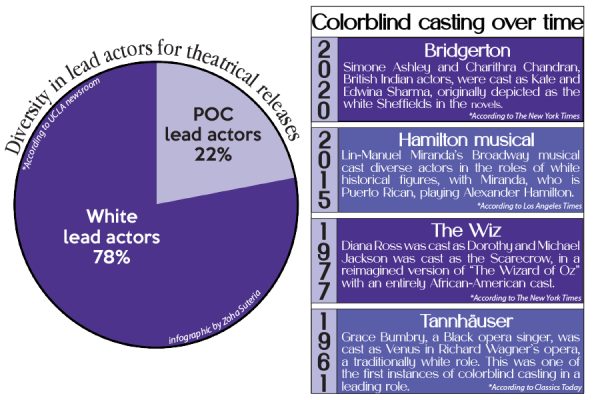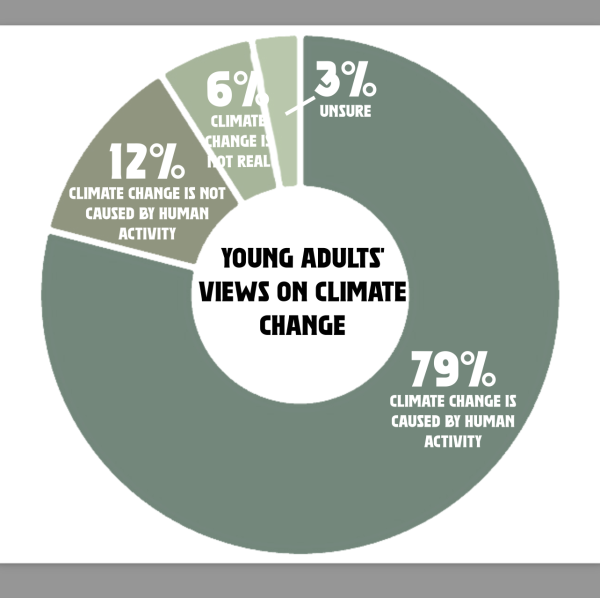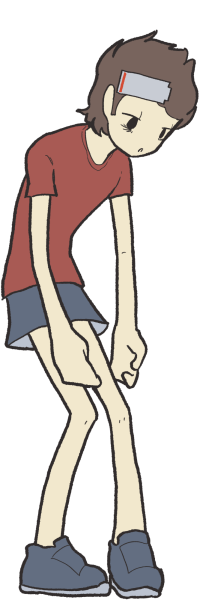Catching Fire keeps book’s spark burning
December 20, 2013
The Hunger Games: Catching Fire blazed a bright trail in box offices its opening weekend, earning its place as the best November movie debut of all time, according to Entertainment Weekly. This highly anticipated sequel to The Hunger Games had fans of all ages in a frenzy to find out what was in store for heroine Katniss Everdeen (Jennifer Lawrence). The movie exceeded my expectations but did not live up to its novel counterpart due to the holes in the storyline that dialogue alone could not fill in.
Catching Fire is the second installment in Suzanne Collins’ Hunger Games trilogy. The movie follows Katniss as she copes with the aftermath of winning the 74th Hunger Games. After evident displays of totalitarian regime tightening in District 12, Katniss and Peeta Mellark (Josh Hutcherson) depart on their obligatory victor’s tour.
While traveling throughout the 12 districts of their country, Panem, Katniss and Peeta witness violent displays of suppression by governmental peacekeeping forces. President Snow (Donald Sutherland) throws a real wrench in the plotline when he announces that the 75th hunger games will involve only past victors. His goal is to annihilate Katniss who has become the living symbol for the revolution.
As a reader of the trilogy, I couldn’t help but notice that Francis Lawrence, director of Catching Fire, formulated his movie to cater to the readers of the trilogy more than the movie-goers. It was exciting to be able to follow along and see Collin’s words come to life on the big screen. Francis even used certain dialogue straight from the book which made me feel like a total insider for being able to identify the small nuances that paid tribute to the novel.
However, I feel like Francis’s strong parallels to the book were a detriment overall because people who did not read the book were confused and even bored at times. The movie’s run time was about two and a half hours, and a large chunk of that time was spent building up to the 75th Hunger Games. That build-up is crucial in the novel, and the die-hard fans of the books probably wouldn’t have been too happy if it ended up being cut. Though it’s never good to upset a fandom, it’s always a positive if you can encompass a larger audience with your work, something Francis failed to do.
The acting in Catching Fire was spot-on. Plenty of stars who stayed in the shadows during the first movie were key players in this sequel. One of these characters was Haymitch Abernathy (Woody Harrelson), who makes a strong transition from being a one-dimensional alcoholic in The Hunger Gamesto a character with several layers who is basically Katniss’ lifeline in Catching Fire.
Katniss’ stylist, Cinna (Lenny Kravitz), is my favorite character in the movie. His personality is understated, yet he makes the biggest impact on Katniss’ image as a revolutionary figure through his styling. Kravitz’s subtle acting is very effective at delivering the importance of the behind-the-scenes characters to the revolution.
Though Jennifer Lawrence is a perfect Katniss, her acting was not as meticulous as it was in the first movie. Her emotional response to everything seemed to be the same wide-eyed, in-denial reaction, which bothered me because she did not differentiate between situations that clearly would elicit different emotions.
Though the movie has its flaws in its length and consistency, it was good enough to go see twice. The introduction of new characters combined with the strengthening of old ones makes for multi-dimensional relationships, and the number of details that Francis uses helps viewers unfurl the complex plotline adequately without the aid of a 391 page book. Whether you’re a huge fan of the novels, or have never even heard of the series, it’s definitely a movie worth seeing.














